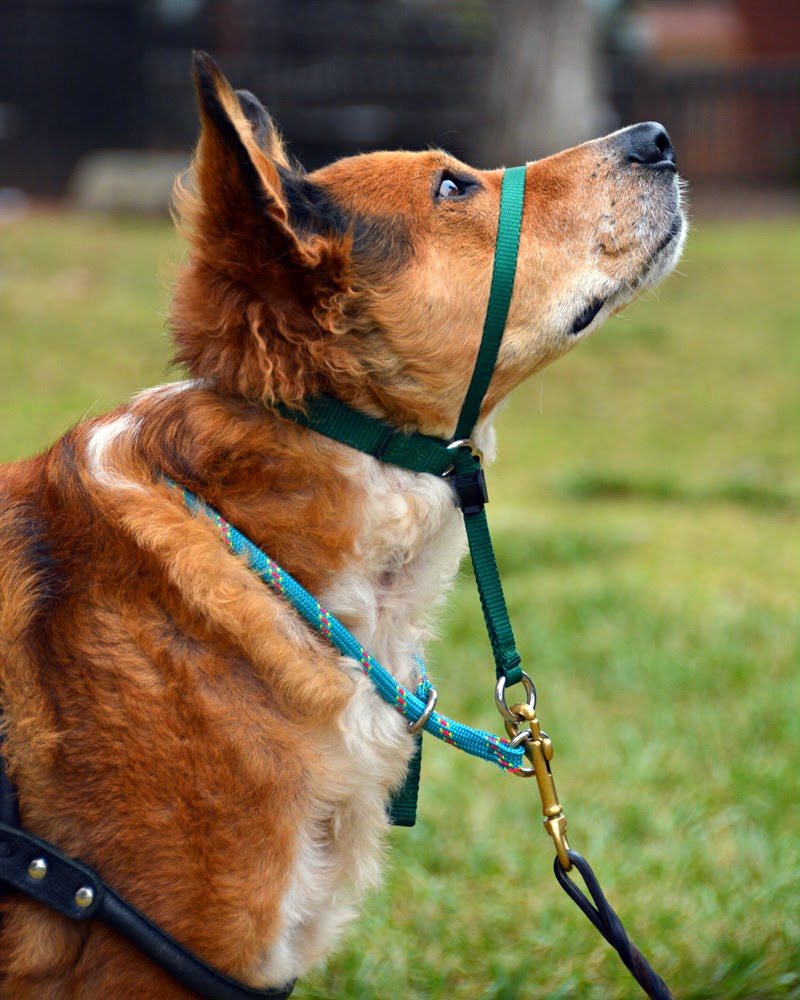

Gentle Lead Collars For Dogs: The Ultimate Guide To Choosing The Right One
When it comes to walking your dog, finding the right equipment is essential for both comfort and control. Gentle lead collars for dogs have emerged as a popular choice among pet owners who seek a humane and effective way to train their furry friends. This comprehensive guide will explore everything you need to know about gentle lead collars, including their benefits, how to choose the right one, and tips for training your dog effectively.
In this article, we will delve deep into the various types of gentle lead collars available in the market, their unique features, and how they can significantly improve your dog walking experience. By the end of this guide, you will be well-equipped to make an informed decision that prioritizes your dog's comfort and safety while ensuring a pleasant walking experience.
Moreover, we will also address some common questions surrounding gentle lead collars, share expert insights, and provide practical tips for effective use. With the right knowledge, you can transform your dog walking routine into a more enjoyable and stress-free experience.
Table of Contents
- What Are Gentle Lead Collars?
- Benefits of Gentle Lead Collars
- How to Choose the Right Gentle Lead Collar
- Types of Gentle Lead Collars
- Training Your Dog with a Gentle Lead Collar
- Common Mistakes to Avoid
- Expert Tips for Using Gentle Lead Collars
- Conclusion
What Are Gentle Lead Collars?
Gentle lead collars, often referred to as gentle leaders or head collars, are specialized collars designed to help pet owners maintain control over their dogs during walks. Unlike traditional collars that exert pressure on the neck, gentle lead collars fit around the dog's snout and head, allowing for better control without causing harm or discomfort.
Benefits of Gentle Lead Collars
There are several advantages to using gentle lead collars for your dog:
- Reduced pulling: Gentle lead collars help reduce pulling behavior, making walks more enjoyable.
- Improved control: They provide better control over your dog, especially for larger or stronger breeds.
- Comfortable design: Many gentle lead collars are designed to be comfortable for the dog, preventing choking or discomfort.
- Training aid: They can be an effective training tool for correcting unwanted behaviors.
How to Choose the Right Gentle Lead Collar
When selecting a gentle lead collar, consider the following factors:
- Size: Ensure the collar is the right size for your dog to prevent slipping or discomfort.
- Material: Look for durable materials that can withstand wear and tear.
- Adjustability: A collar with adjustable straps allows for a better fit.
- Design: Choose a design that your dog is comfortable wearing and that suits their temperament.
Types of Gentle Lead Collars
There are several types of gentle lead collars available in the market. Here are the most common:
1. Head Halters
Head halters fit around the dog’s snout and head, providing excellent control. They are ideal for dogs that tend to pull or lunge during walks.
2. Martingale Collars
Martingale collars are designed to tighten slightly when the dog pulls, preventing them from slipping out. They offer more control without causing choking.
3. Front Clip Harnesses
These harnesses have a leash attachment in the front, redirecting the dog when they pull. This design is effective for training and reducing pulling behavior.
Training Your Dog with a Gentle Lead Collar
Using a gentle lead collar effectively requires proper training techniques:
- Introduce gradually: Allow your dog to get used to wearing the collar in a safe space.
- Use positive reinforcement: Reward your dog with treats and praise when they walk calmly.
- Practice short sessions: Begin with short walks to help your dog adjust.
- Avoid punishment: Never use the collar as a punishment; focus on positive training methods.
Common Mistakes to Avoid
When using gentle lead collars, avoid these common pitfalls:
- Incorrect sizing: Ensure the collar fits properly to prevent discomfort.
- Rushing the process: Take your time to train your dog gradually.
- Neglecting socialization: Continue socializing your dog while using the collar.
Expert Tips for Using Gentle Lead Collars
To maximize the effectiveness of gentle lead collars, consider these expert tips:
- Be patient: Give your dog time to adjust to the collar.
- Stay consistent: Use the collar consistently during walks for better results.
- Combine with training classes: Consider enrolling your dog in obedience classes for additional support.
Conclusion
In conclusion, gentle lead collars for dogs offer a humane and effective way to train and control your furry friend during walks. By understanding their benefits, choosing the right collar, and employing proper training techniques, you can create a positive walking experience for both you and your dog. If you have any questions or experiences to share, feel free to leave a comment below or check out our other articles for more pet care tips!
We hope this guide has been informative and helpful in your journey towards better dog walking experiences. Don't forget to explore our site for more insights and tips on caring for your beloved pets!
Unleashing The Power Of Artistic Expression: A Journey Through Creativity
How Many Keys On A Piano: Understanding The Basics And Beyond
What Does RS Mean? Understanding The Significance In Various Contexts


